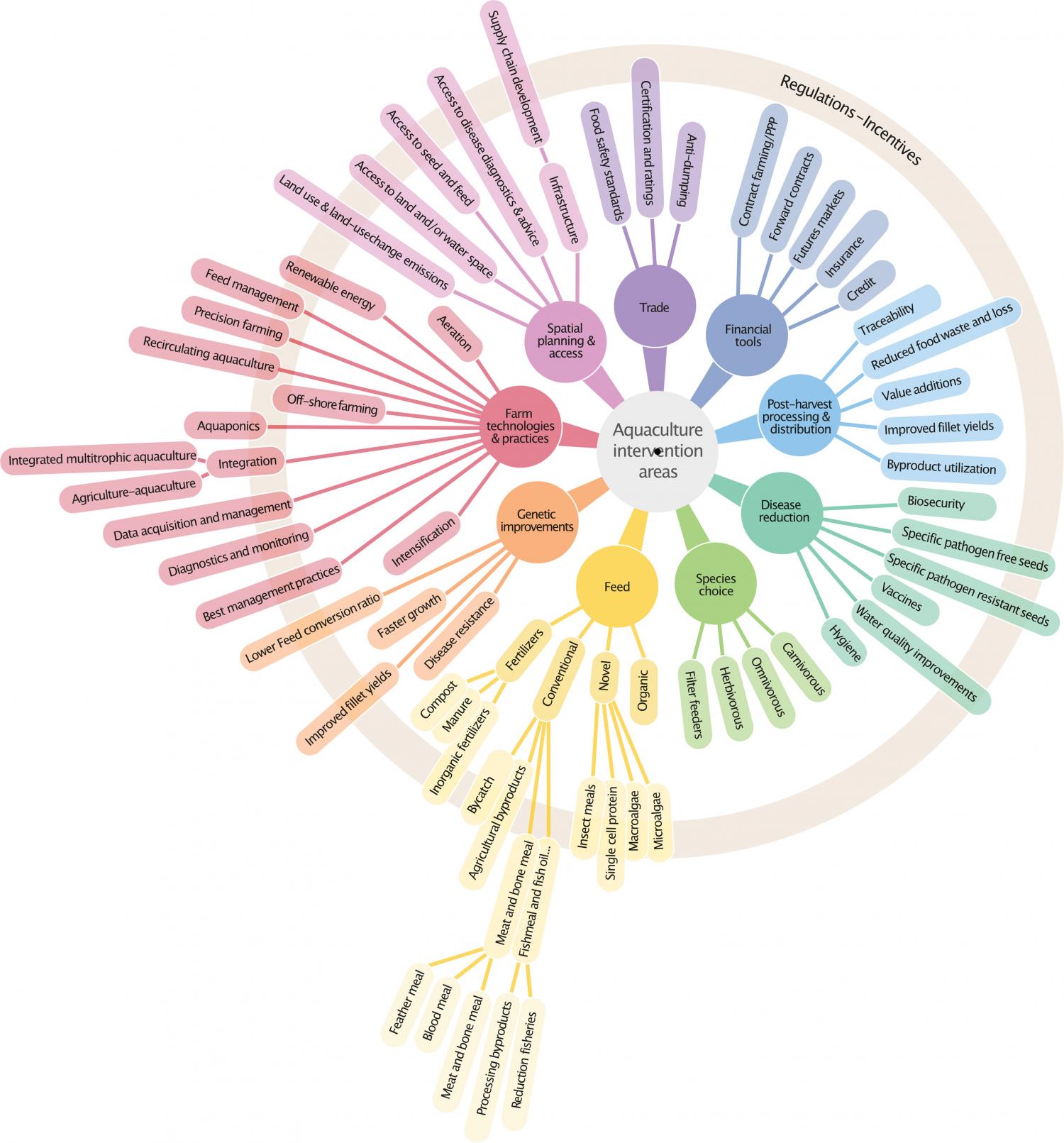
Elsevier, One Earth, Volume 4, 17 September 2021
Aquatic foods are increasingly being recognized as having an important role to play in an environmentally sustainable and nutritionally sufficient food system. Proposals for increasing aquatic food production often center around species, environments, and ambitious hi-tech solutions that mainly will benefit the 16% of the global population living in high-income countries. Meanwhile, most aquaculture species and systems suffer from large performance gaps, meaning that targeted interventions and investments could significantly boost aquatic food supply and access to nutritious foods without a concomitant increase in environmental footprints. Here we contend that the dialogue around aquatic foods should pay greater attention to identifying and implementing interventions to improve the productivity and environmental performance of low-value commodity species that have been relatively overlooked in this regard to date. We detail a range of available technical and institutional intervention options and evaluate their potential for increasing the output and environmental performance of global aquaculture.
